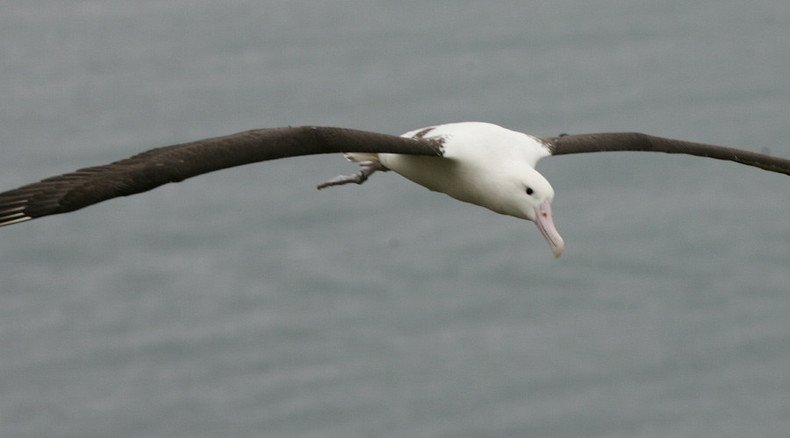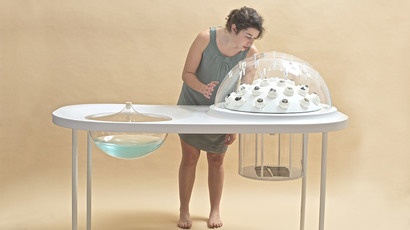99% of seabird species to be affected by plastic ingestion by 2050 – report

Ninety percent of all individual seabirds alive today have eaten plastic of some sort, according to a new study – an 85 percent increase since 1960. Scientists believe 99 percent of seabird species will be impacted in the coming decades.
Plastic ingestion causes choking, intestinal blockage, weight loss, and can lead to death, according to the study was published Monday in the journal Proceedings of the National Academy of Sciences.
Sixty percent of all 186 species of seabirds currently have plastic in their gut, according to researchers from the Commonwealth Scientific and Industrial Research Organization (CSIRO) in Australia and Imperial College London. The research team analyzed studies going back to the 1960s, as well as oceanographic and ecological models, to determine how plastic bags, bottles, fibers, and the like will continue to affect avian wildlife and invade their ocean habitats worldwide.
READ MORE: Sea shame: 155mn tons of plastic trash in world oceans by 2025, study finds
"For the first time, we have a global prediction of how wide-reaching plastic impacts may be on marine species - and the results are striking," said Dr. Chris Wilcox, senior research scientist at CSIRO Oceans and Atmosphere and leader of the study.
"We predict, using historical observations, that 90 per cent of individual seabirds have eaten plastic. This is a huge amount and really points to the ubiquity of plastic pollution."
Plastics will impact wildlife the most in the Southern Ocean, around southern Australia, South Africa, and South America, the researchers reported. The health of bird populations can indicate the vibrancy of an ecosystem, said Dr. Denise Hardesty, of the CSIRO Oceans and Atmosphere, in a CSIRO news release to announce the study.
"Finding such widespread estimates of plastic in seabirds is borne out by some of the fieldwork we've carried out where I've found nearly 200 pieces of plastic in a single seabird," Hardesty said.
Birds eating plastic from rubbish floating in the ocean + dying but the human population still grows exponentially.
— Lord Winston Astoria (@seng_09) September 1, 2015Up to 8 million tons of plastic trash end up in the ocean each year, according to study released in February. Researchers suggested that by 2025, the annual plastic input into oceans could hit 155 million metric tons.
Every day, ten metric tons of plastics flow into the Pacific Ocean in the Los Angeles area alone, according to the Center for Biological Diversity.
A July 2014 study indicated that at least 88 percent of the world's ocean surface was littered with plastic debris.
READ MORE: EU Parliament backs drastic cuts to irrepressible plastic bag use
Dr. George H. Leonard, chief scientist of the Ocean Conservancy in the United States, said the latest study shows the true extent of ocean pollution.
"Hundreds of thousands of volunteers around the world come face-to-face with this problem during annual Coastal Cleanup events," Leonard told CSIRO.
"Scientists, the private sector and global citizens working together against the growing onslaught of plastic pollution can reduce plastic inputs to help protect marine biodiversity."














